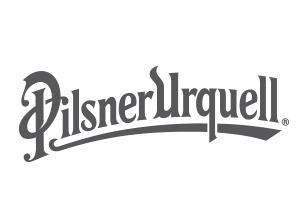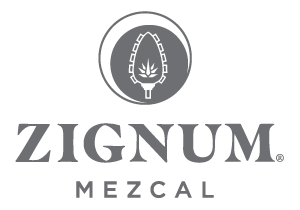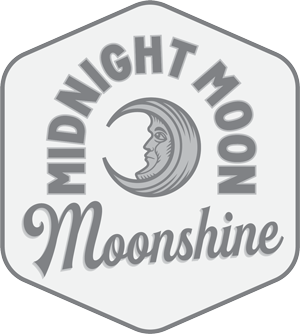At Tamworth Distilling & Mercantile, which opened earlier this year on the grounds of a dilapidated New Hampshire inn, high-proof grain alcohol embodies the anachronistic, utilitarian charm of something you might have once found at a general store — or today, at the Vermont Country Store. According to its label — printed with, according to the product’s illustrator and namesake, Reverend Michael Alan, “a mixture of English and Latin, the Theban, and Adamic alphabets, and various magickal sigils for peace and love and prosperity†— the potent stuff can wipe away mascara and refresh stained furniture. The Alcohol, Tobacco Tax and Trade Bureau has deemed it the most complicated label they have ever approved.
Tamworth is not its founder and owner Steven Grasse’s first foray into the spirits business. A former ad man for MTV and R.J. Reynolds Tobacco Company, he conceived Hendrick’s Gin and founded Sailor Jerry Rum. The 2008 sale of the latter afforded the Philadelphia resident a summer home in Tamworth — and the opportunity to take more risks. In the following year, he launched Art in the Age of Mechanical Reproduction, four hipster spirits inspired by his Mennonite father’s Pennsylvania Dutch heritage and the writings of the British historian and author Andrea Wulf, whose “Founding Gardeners†explores the agrarian influencers of the early republic. Root, Snap, Sage and Rhubarb call on learnings from Thomas Jefferson’s and Benjamin Franklin’s botanists as well as the recipe for his grandmother’s gingersnap cookies. “Art in the Age was working out pretty well, so it got me reading more about the Transcendalists,†says Grasse. “And it was like Walter Benjamin on crack.â€
The decision to buy property in New Hampshire was a personal one: his mother’s family has called it home since 1630. Before opening the distillery, Grasse purchased the former Tamworth Village Store, a local grocery dating back to Thoreau’s time, and reinvented it as a cafe and concert venue called the Tamworth Lyceum. (It wasn’t deemed fit for a distillery.) In 2011, Grasse earned enough local support to build his distillery just up the road — on the grounds of the former Tamworth Inn, which will reopen as a restaurant with housing for visiting chefs next year. Beyond the inn lies Tamworth Garden, the town’s onetime answer to the early Madison Square Garden, where the rafters of the fight hall and barn turned temperature-controlled barrel house are still abutted by original balcony seating.
Nearly 300 casks round out the barrel house’s capacity, from an applejack still four years from release to a fast depleting supply of 10 spirits only for sale on site, including a rye white whiskey touched with chocolate wheat, chicory root and beet root vodkas — a boutique expansion of the Art in the Age line — and the honey-imbued Apiary Gin, which sold out its first run when the distillery opened its doors over Memorial Day weekend.
The gin taps into the wilderness of the surrounding forest, and also butts heads with a 1958 F.D.A. law that restricts the abundance of traditional flavors the Tamworth distillers, Jamie Oakes and Matt Power, can foster in their test kitchen. Unlike the wildflowers and blueberries they comb from under the fog of the Foss Mountain Trail, bee propolis, which is richer than honey, is off-limits. “What bees use to patch up their combs has an amazing flavor and complex aroma, collecting the resins from all different plants, but also possibly asphalt on the side of the road,†explains Power. To compromise, Oakes and Power deconstructed the natural glue, then selectively infused their gin with a blend of foraged poplar buds, pine resins and linden flowers.
The Apiary Gin is available this October at New York’s Astor Wines & Spirits, with a portion of future proceeds being donated to the nonprofit Tamworth Foundation, which preserves local farms as they come up for sale. Tamworth’s latest limited-edition product, Von Humboldt’s Natur Wasser Tamarind Cordial, was released this month in collaboration with Wulf’s latest tome “The Invention of Nature,†which traces the influence the 18th-century German naturalist had on Thoreau. A run of 500 bottles has been produced, and will be poured this evening at a dinner at the New York Academy of Medicine, celebrating the book’s release.
See full article: http://nyti.ms/1KLJCdw



































